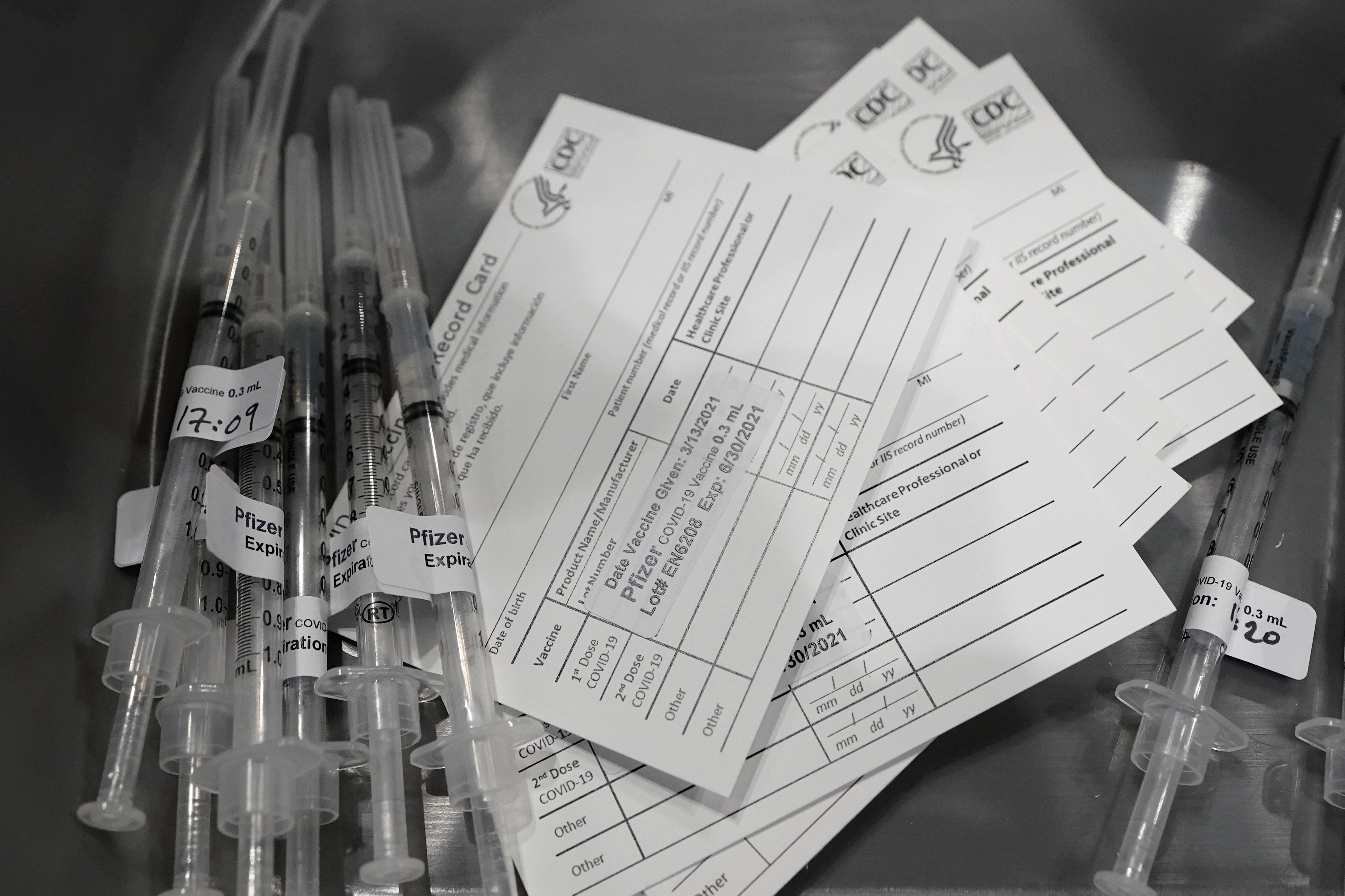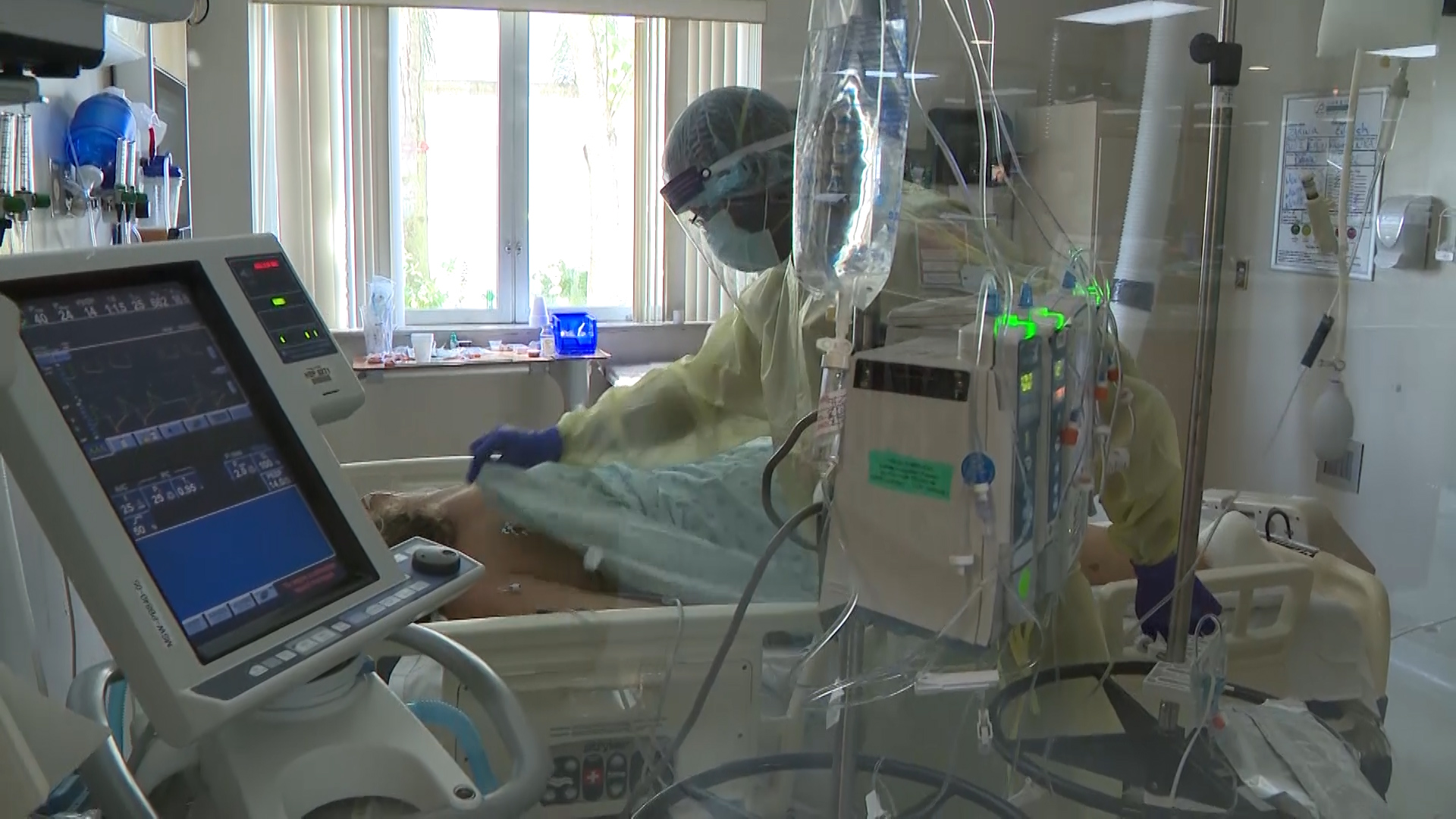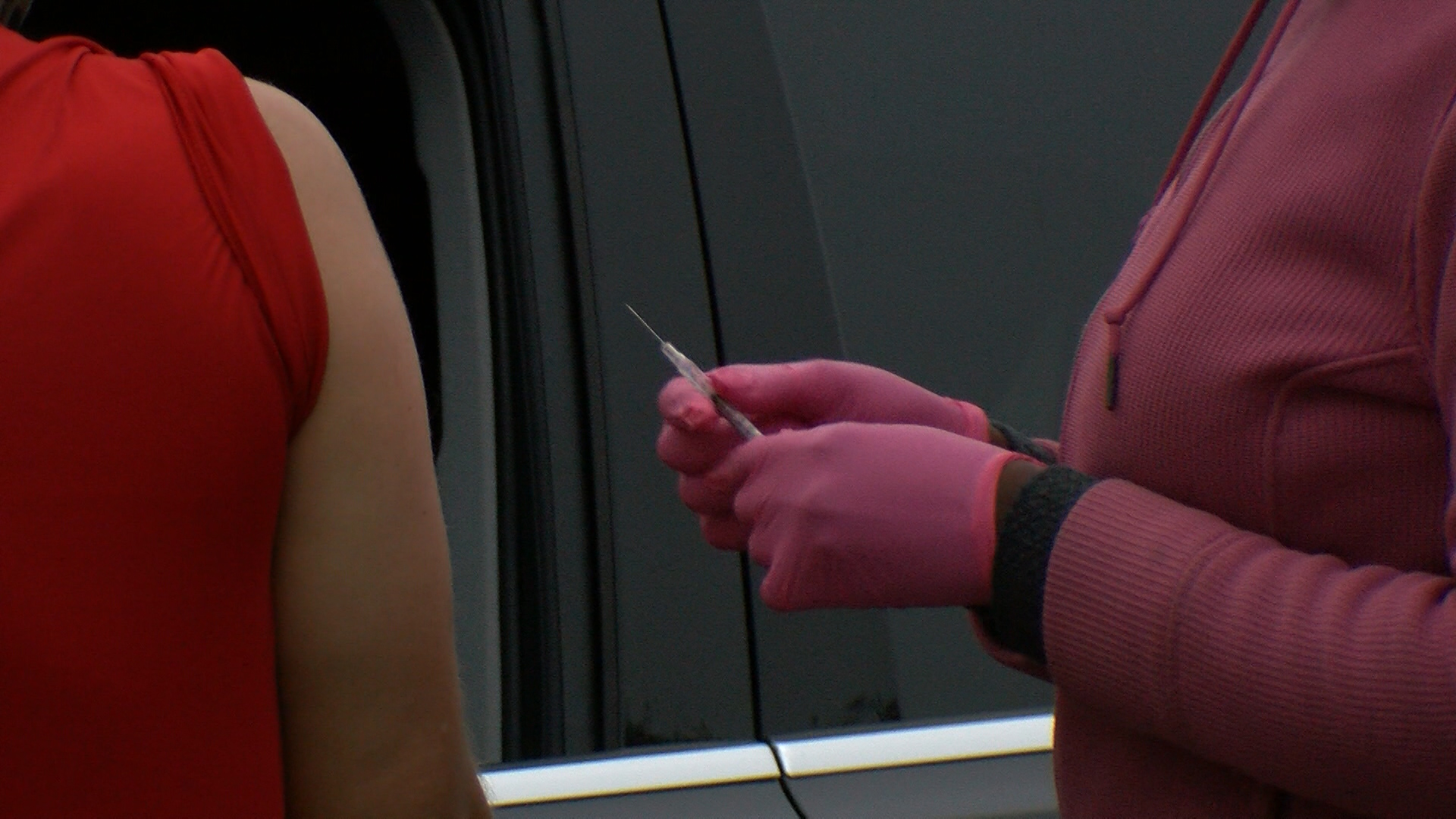TAMPA, Fla. (WFLA) — For the first time in its history, Tampa Bay is experiencing a unique and unprecedented combination of respiratory illnesses, and people are getting sick across all counties.
The area is battling what physicians call “The Triple Threat”: COVID-19, bronchitis and red tide—and the illnesses are beginning to run rampant.
After lengthy lockdowns at home, followed by months of masking up, viruses are now coming back with a vengeance, and are “waging war” in Tampa Bay, according to doctors.
These three illnesses have never transpired all at once. The combination is a once-in-a-lifetime happenstance, according to experts.
“It’s very fascinating because we’re in a major pandemic that doesn’t seem to have an end in sight,” Dr. John Greene an infectious disease expert at Moffitt Cancer Center, whose tenure expands four decades. “Don’t be surprised if you have friends, family, neighbors who are ill.”
Now, in the dog days of summer, more and more patients have become suddenly sick. Physicians are calling it a mass invasion of the virus, with war being waged on the human respiratory system. Doctors and hospitals say they are seeing a huge spike in respiratory illnesses with the spike in COVID-19 cases.
Dr. Greene says this is just the beginning. He believes its a unique time in medical history.
“I would say so. Hospitals have to handle influxes. Normally, respiratory illnesses are in the wintertime, now this in the summertime when you’re supposed to have the least, defying normal tragedy,” Greene said.
So, how do you tell the difference between the three illnesses?
Dr. Greene compares red tide side effects to suffering from allergies. The cough is intense, but short-lived after one is exposed to red tide.
“Red tide is quick onset quick resolution,” Dr. Greene explained.
As for COVID-19 and bronchitis, Dr. Greene says it can be tricky to tell them apart since they are so much alike, both causing severe cough, fatigue and headache.
“You can’t really tell them apart, they act similar. But, if you have lost taste or smell, it’s probably COVID,” Greene said.










